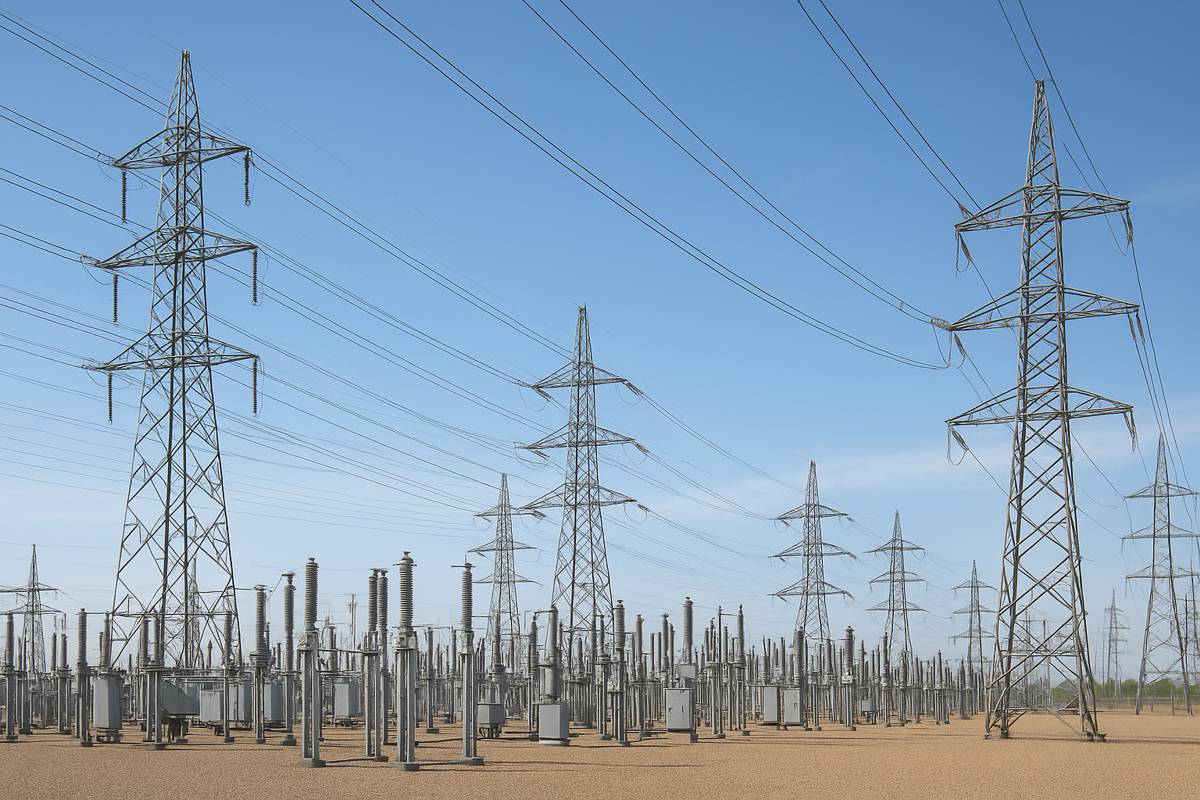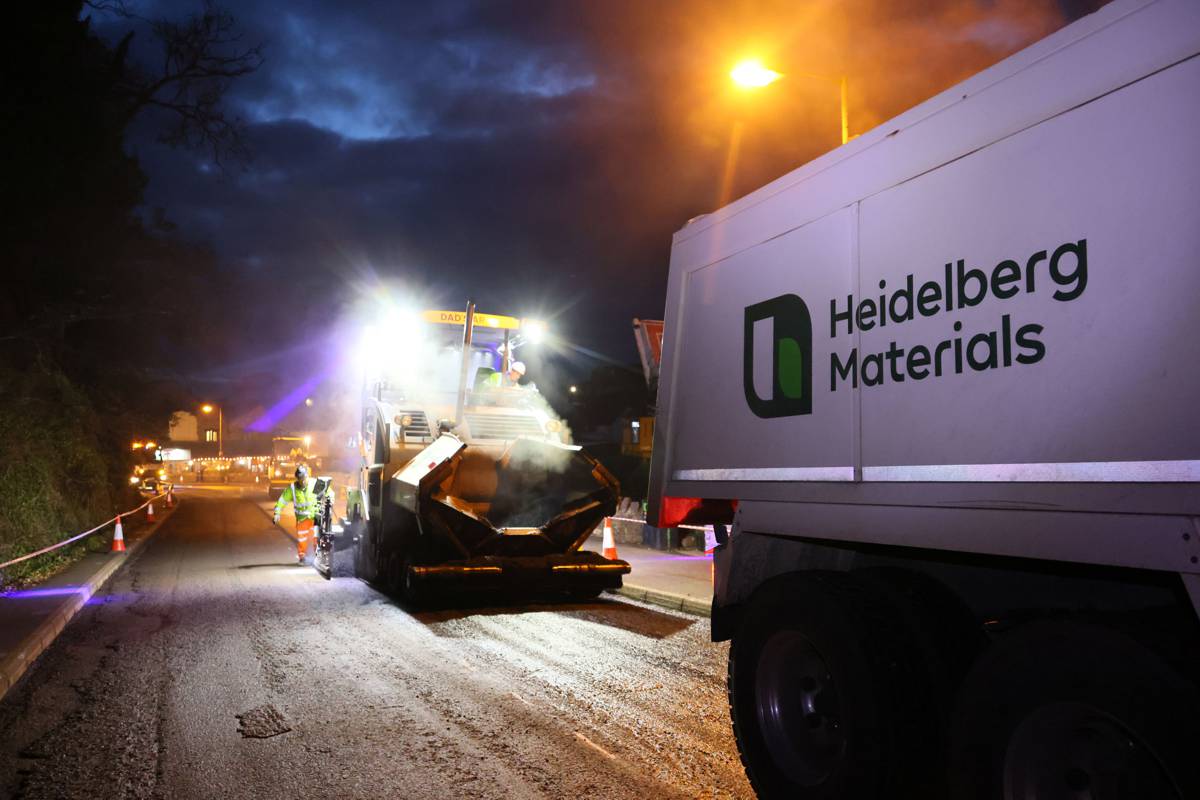Powering Spain’s Digital Energy Future with €650m Investment
Spain is taking a major step toward a smarter, more sustainable energy future with a landmark €650 million financing agreement between the Spanish Ministry of Economy, the European Investment Bank (EIB), and energy provider Endesa. This initiative will significantly enhance and digitalise Spain’s electricity distribution network, driving forward the country’s green transition while improving reliability, security, and regional cohesion.
The financing is split into two components: a €500 million loan funded by Spain’s Regional Resilience Fund (FRA), part of the national Recovery, Transformation and Resilience Plan, and an additional €150 million loan from the EIB’s own resources. Together, these investments aim to modernise infrastructure, strengthen resilience against extreme weather, and ensure smoother integration of renewable energy sources into the national grid.
A Dual Investment in Modernisation and Security
The combined €650 million investment is strategically designed to upgrade electricity distribution networks across six autonomous communities, many of which are classified as cohesion regions with income levels below the EU average. These regions will directly benefit from improved infrastructure and access to stable, sustainable energy.
Among the planned developments are the installation of smart meters, advanced transformers, and digital control systems. The project will also fund new substations, expanded underground cabling, and advanced monitoring software. Together, these technologies will enable real-time energy management, reduce losses, and create a more adaptable grid capable of meeting growing demand.
“This operation strengthens not only Spain’s energy infrastructure but also its commitment to Europe’s long-term climate and digitalisation goals,” noted representatives from the EIB. The partnership with Endesa reflects a shared ambition to align infrastructure modernisation with the EU’s REPowerEU strategy, which aims to reduce dependence on fossil fuel imports while accelerating the shift toward renewables.
Catalysing the Energy Transition
This project comes at a crucial time as Spain faces mounting energy demands fuelled by the electrification of transport, industry, and households. Coupled with increasing occurrences of adverse weather linked to climate change, the modernisation of the grid has become essential for maintaining stability and performance.
The EIB’s contribution is part of a wider €500 million financing package approved for Endesa, with this €150 million tranche marking the first phase. It supports both the EIB’s climate action goals and its broader 2024–2027 Strategic Roadmap, which prioritises climate resilience, technological innovation, and social cohesion across Europe.
Driving Regional Development Through Cohesion Funding
More than half of the total investment is directed toward cohesion regions, areas where per capita income is below the EU average. This ensures that Spain’s economic growth and energy transformation are inclusive and regionally balanced. The project aligns closely with the Ministry of Economy’s vision to use NextGenerationEU funds to empower regional economies, promote equal access to technology, and create sustainable employment opportunities.
“Cohesion policy is at the heart of the European model,” the Ministry highlighted. “By investing in underdeveloped regions, we’re ensuring that every part of Spain can share in the benefits of digitalisation and the energy transition.”
The Role of the Regional Resilience Fund (FRA)
The €500 million contribution from the FRA underpins Spain’s broader Recovery and Resilience Plan, a key component of the EU’s post-pandemic recovery framework. The FRA was established to facilitate investments across eight strategic sectors, including clean energy, sustainable infrastructure, transport, and innovation.
It operates under two primary mechanisms:
- Direct Financing: Co-funding large-scale projects aligned with EIB-backed operations, such as renewable energy and clean transport.
- Intermediated Mechanisms: Managed by financial intermediaries, these support smaller initiatives in sustainable tourism, urban development, and SME competitiveness.
The FRA also collaborates closely with the European Investment Fund (EIF) to expand access to finance for small and medium-sized enterprises focused on innovation, green technologies, and sustainability. This structure ensures that the benefits of NextGenerationEU funds reach both large utilities like Endesa and smaller, regionally rooted businesses.
Endesa’s Commitment to Digitalisation
Endesa, one of Spain’s largest energy providers, has long been a leader in smart grid innovation. Through this partnership, the company will accelerate its rollout of advanced digital systems that optimise energy distribution and support decentralised renewable generation.
“Digitalisation is central to building a more flexible and sustainable energy system,” an Endesa spokesperson explained. “These investments will not only make the network more resilient but also allow for greater integration of renewables, contributing to Spain’s decarbonisation goals.”
The project’s technical scope includes:
- Deployment of next-generation smart meters and sensors for real-time data collection.
- Installation of adaptive transformers capable of managing power fluctuations.
- Expansion of underground cable systems to reduce weather-related outages.
- Implementation of grid automation and predictive maintenance software.
These innovations will help create a dynamic energy ecosystem that can efficiently balance supply and demand, enabling renewable sources to operate more seamlessly within the grid.
Aligning with Europe’s Green and Digital Agenda
The EIB’s involvement underscores Europe’s collective push to reinforce energy security and accelerate the green transition under the REPowerEU initiative. As the EU’s long-term lending arm, the EIB has made climate action and sustainability central to its operations, dedicating nearly 60% of its annual financing to green investments.
In 2024 alone, the EIB Group, which includes the European Investment Fund, signed almost €89 billion in new financing for over 900 high-impact projects across the continent. Roughly half of this went to cohesion regions, reaffirming the institution’s commitment to reducing inequalities while boosting competitiveness and resilience.
In Spain, the EIB Group financed €12.3 billion in new projects in 2024, supporting national priorities such as the digital and green transitions, infrastructure upgrades, and industrial innovation.
A Step Toward a Smarter, Greener Future
By blending European financial strength with national ambition, this €650 million collaboration marks a defining moment in Spain’s journey toward a more digitalised and sustainable energy system. It’s a model that demonstrates how strategic partnerships between governments, financial institutions, and private utilities can accelerate progress toward net-zero goals while promoting regional growth.
As Spain’s electricity grid becomes smarter and more resilient, it paves the way for a future powered by clean, reliable, and digital energy, a foundation upon which both Spain and Europe can build a sustainable tomorrow.




















